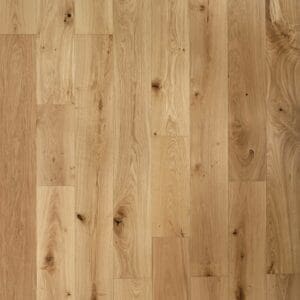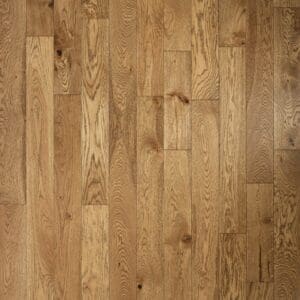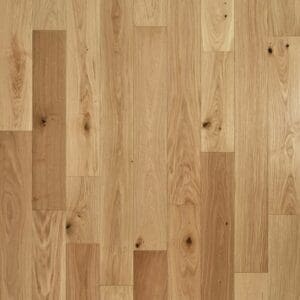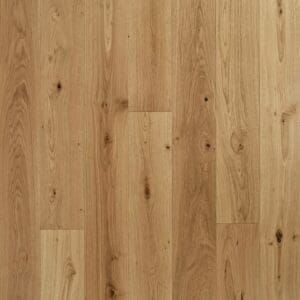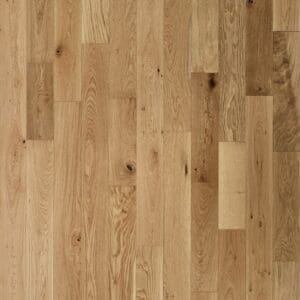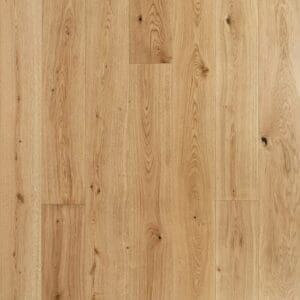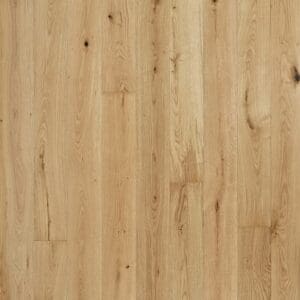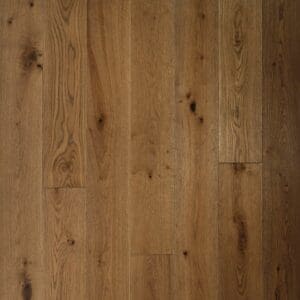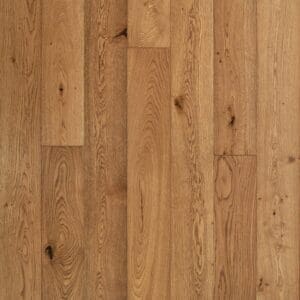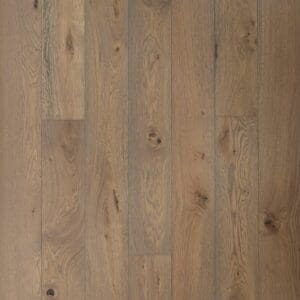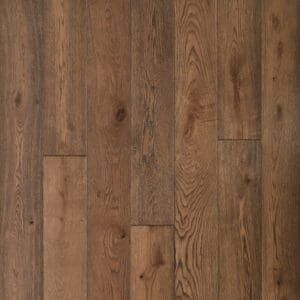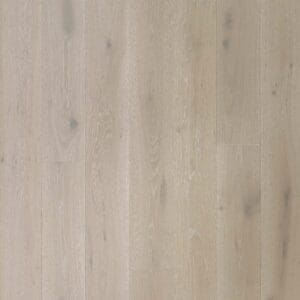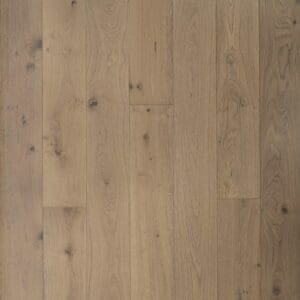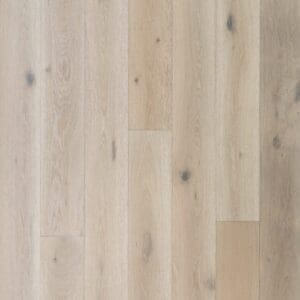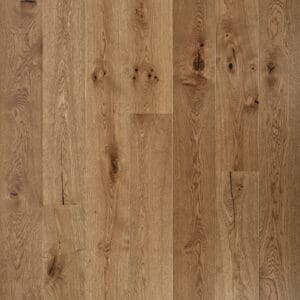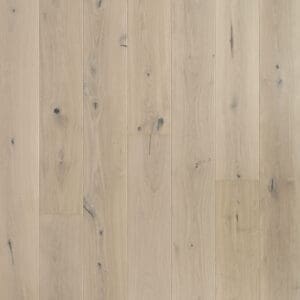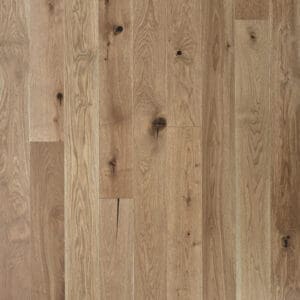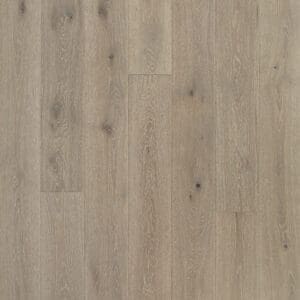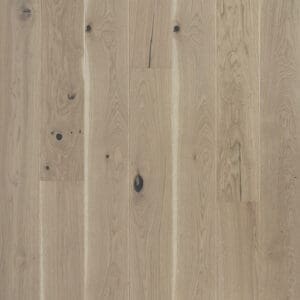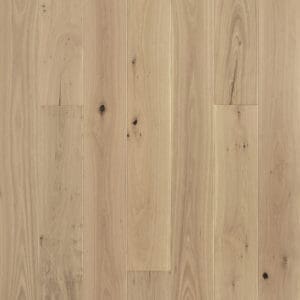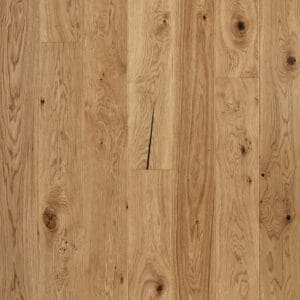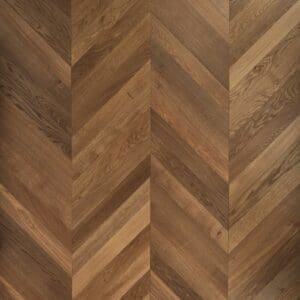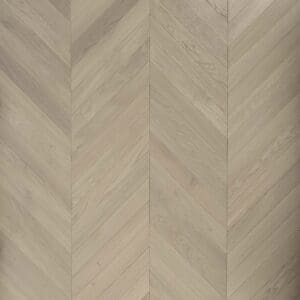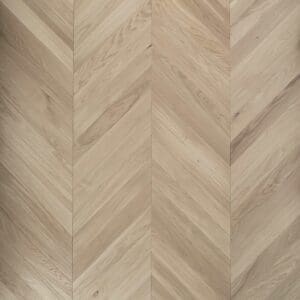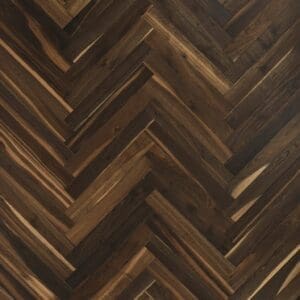Engineered Wood Flooring
Discover the timeless beauty and practical advantages of engineered wood flooring at Grosvenor Flooring. Combining a genuine layer of solid hardwood with a stable, multi-layered core, engineered wood offers the authentic look and feel of traditional timber floors but with enhanced stability and versatility. It’s an ideal solution for bringing the natural warmth and character of wood into almost any room in your home.
Our carefully curated collection includes premium brands like V4 and Kahrs, renowned for their quality, innovation, and stunning designs. Whether you desire classic oak planks, sophisticated herringbone patterns, or contemporary wide boards, our range provides diverse options to perfectly complement your interior style, backed by our expert advice and professional installation service across Cheshire and the North West.
Engineered wood flooring represents a perfect marriage of natural elegance and modern flooring technology. It is constructed from multiple layers of timber, meticulously bonded together under heat and pressure. The top layer, known as the wear layer or lamella, is made from real solid hardwood, showcasing the unique grain, texture, and colour variations of species like oak, walnut, or ash. Beneath this surface layer lies a core typically composed of plywood, HDF (High-Density Fibreboard), or softer wood layers arranged in opposing directions. This cross-layered construction gives engineered wood its signature stability, significantly reducing the natural tendency of wood to expand and contract with changes in temperature and humidity.
This inherent stability is one of the primary advantages of engineered wood over traditional solid wood flooring. It makes it far less susceptible to warping, cupping, or gapping, allowing it to be installed in areas where solid wood might not be suitable, such as conservatories or rooms with underfloor heating systems. Many engineered wood products are specifically designed for optimal performance with UFH, efficiently transferring heat while maintaining structural integrity.
Aesthetically, engineered wood flooring offers incredible versatility. You can achieve virtually any look, from the rustic charm of distressed wide planks to the intricate elegance of herringbone or chevron patterns. Finishes vary widely too, including durable lacquers for a smooth, protective sheen, or natural oils that penetrate the wood, enhancing its texture and allowing for easy spot repairs. Popular species like oak offer a broad palette from pale, contemporary tones to rich, traditional hues, while other woods provide distinct character. Brands like V4 Wood Flooring and Kahrs, available through Grosvenor Flooring, are leaders in offering diverse styles, finishes, and formats to suit any design vision.
Beyond its beauty and stability, engineered wood is a durable choice for many areas of the home, including living rooms, dining rooms, hallways, and bedrooms. The thickness of the solid wood wear layer determines how many times the floor can potentially be sanded and refinished throughout its lifespan, restoring its original beauty and extending its longevity. While not fully waterproof, the surface can withstand occasional spills if cleaned promptly, making it practical for everyday life, though caution is advised in high-moisture environments like bathrooms.
Choosing engineered wood flooring from Grosvenor Flooring means investing in a high-quality, long-lasting floor covering that adds tangible value and timeless appeal to your property. Our comprehensive service includes expert guidance to help you select the perfect floor for your needs and professional installation by our skilled fitting teams, ensuring a flawless finish and lasting performance throughout Altrincham, Manchester, Wilmslow, Chester, Nantwich, and the wider Cheshire region.
Engineered Wood Flooring Buying Guide
Selecting the right engineered wood floor involves considering various factors. This guide helps you determine if it’s the ideal choice for your space and lifestyle:
Room usage / Location: Engineered wood is highly versatile and suitable for most rooms, including living rooms, dining rooms, hallways, bedrooms, and home offices. Its stability makes it a better choice than solid wood for areas with fluctuating temperature or humidity, like conservatories. While more resistant to moisture than solid wood, it’s generally not recommended for bathrooms or wet rooms unless specifically stated by the manufacturer. It can be used in kitchens with care, ensuring spills are wiped up quickly.
Lifestyle: Consider your household activity. For busy homes with children or pets, opt for a thicker wear layer and a durable finish (like a hardened lacquer) for better scratch and dent resistance. Oiled finishes are easier to spot-repair but may require more regular maintenance.
Budget: Engineered wood flooring typically falls into the mid-to-high price range, generally more expensive than laminate but often less than premium solid wood. Prices vary based on the wood species, wear layer thickness, plank size, finish, complexity of pattern (e.g., herringbone), and brand. Remember to factor in the cost of underlay, trims, and professional installation.
Durability & Maintenance: Durability depends on the thickness of the solid wood wear layer and the quality of the finish. Thicker wear layers (3mm+) allow for sanding and refinishing multiple times, extending the floor’s life significantly. Maintenance involves regular sweeping or vacuuming (using a soft brush head) and occasional damp mopping with a pH-neutral wood floor cleaner. Avoid excessive water, steam mops, or harsh chemicals.
Material Type Pros & Cons:
Pros: Authentic real wood appearance and feel, enhanced stability compared to solid wood, suitable for use with underfloor heating, wide variety of styles and finishes, can often be sanded and refinished, adds value to property.
Cons: Not fully waterproof (water-resistant), can be susceptible to scratches and dents (like solid wood), generally requires professional installation, higher cost than laminate or vinyl options.
Aesthetics & Style: Offers vast design potential. Choose from various wood species (oak, walnut, ash, etc.), colours (natural, stained, smoked), finishes (lacquered, oiled, brushed, distressed), plank widths (narrow to extra-wide), and patterns (plank, herringbone, chevron).
Comfort & Sound: Feels warmer and softer underfoot compared to tile or stone. Offers better acoustic properties than laminate, reducing impact noise, especially when installed with a quality underlay.
Underfloor Heating: Most engineered wood flooring is compatible with water-based underfloor heating systems due to its stable construction. Always check the manufacturer’s specific guidelines regarding temperature limits and installation methods (usually floating or fully bonded).
Installation: Engineered wood can typically be installed as a floating floor over underlay or glued directly to the subfloor. Proper subfloor preparation (clean, dry, level) is crucial for a successful installation and long-term performance. Professional fitting by experienced installers, like the Grosvenor Flooring team, is highly recommended for the best results.
Sustainability: Look for products with FSC or PEFC certification, ensuring the wood comes from responsibly managed forests. The layered construction can make more efficient use of slower-growing hardwood compared to solid wood planks. Its longevity and ability to be refinished also contribute to its sustainability profile by reducing the need for replacement.
Frequently Asked Questions
Is engineered wood flooring suitable for underfloor heating?
Yes, generally engineered wood flooring is highly suitable for use with underfloor heating (UFH) systems, particularly water-based ones. Its layered construction provides excellent stability, minimising expansion and contraction caused by temperature changes. However, it's crucial to always check the specific manufacturer's recommendations regarding compatibility, maximum surface temperature limits (often around 27°C), and required installation methods for use with UFH.
Can engineered wood flooring be sanded and refinished?
Yes, most engineered wood floors can be sanded and refinished, but the number of times depends entirely on the thickness of the solid wood top layer (wear layer). Floors with a thicker wear layer (e.g., 3mm, 4mm, or more) can typically be sanded and refinished 2-4 times over their lifespan, helping to remove scratches and restore the original appearance. Floors with very thin wear layers (1-2mm) may only allow for light sanding or recoating, or none at all.
What is the difference between engineered wood and solid wood flooring?
The main difference lies in their construction. Solid wood flooring is made from a single piece of timber, whereas engineered wood has a top layer of real hardwood bonded to a core of multiple layers (like plywood or HDF). This layered structure makes engineered wood more dimensionally stable, less prone to expanding or contracting with humidity changes, and generally more suitable for installation over underfloor heating or in areas like basements or conservatories where solid wood might warp.
How does engineered wood compare to laminate flooring?
Engineered wood features a genuine solid wood top layer, giving it an authentic look, feel, and natural variation. Laminate flooring uses a high-resolution photographic image of wood (or stone/tile) fused onto a core board (usually HDF) and protected by a clear wear layer. While high-quality laminate can look very realistic, it doesn’t have the unique texture or warmth of real wood. Engineered wood can often be sanded and refinished, whereas laminate cannot. Laminate is typically more budget-friendly and sometimes offers greater scratch resistance, while engineered wood adds more perceived value to a property.
